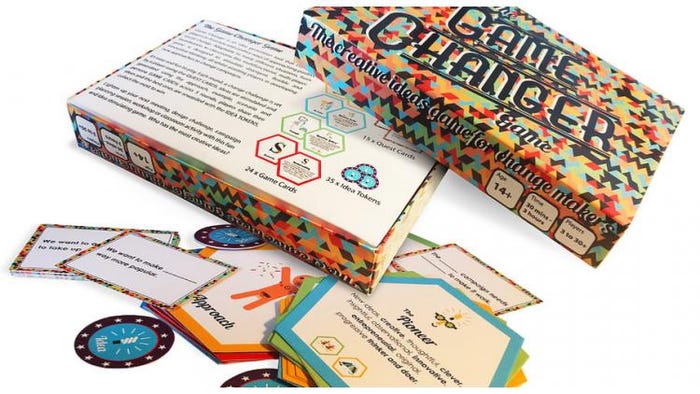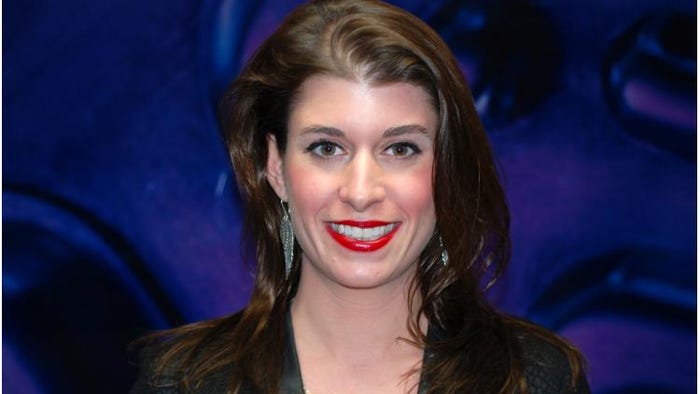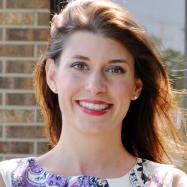How can ‘disruptive design’ enrich sustainable packaging innovation?
How can positively disruptive design be used to create innovation outcomes and new business models that enhance sustainability and circular systems? What is “positively disruptive design” and what’s the application to sustainable packaging?
SustPack 2016 keynote speaker Leyla Acaroglu plans to tackle these questions and more at next week’s event (Apr. 11-13; Chicago).
Founder of the Un-School of Disruptive Design, Acaroglu has a unique voice that inspires me to believe in sustainability;—and not in an abstract, academic way, but in a way that feels real and is pragmatic. As I’m struggling with the disillusionment that comes from learning through experience that sustainability and business decisions don’t usually go hand-in-hand, it is liberating to meet someone who is breaking down the silos between disciplines to understand everything as a part of the elegant whole.
Leyla Acaroglu, Ph.D., has always been interested in creating things. She studied industrial design and found the idea of solving problems that are the result of bad design compelling.
“However, I felt like I was creating crap to sell,” Acaroglu explains. And it was at this time that she first learned the concept that everything in nature is interconnected: “I was 19 at the time. This changed my whole perspective. It made me question the role of design and my role in it. I felt this weight of responsibility but I had no practical skills to understand the impacts of my designs on the environment.”
Acaroglu left the field of industrial design and began to study sociology. She wanted to understand the mechanics of the world. Here she learned of and became interested in life-cycle analysis (LCA) as a scientific process, cause and effect, and the impacts on the economy. This is where Acaroglu began her career: at the intersection of sustainability and design, warmly known today as sustainable design.
One of Acaroglu’s first projects at the Center for Design in Australia was developing an online life-cycle analysis tool for product and packaging designers. Called Greenfly, this was produced at the same time as PKG, a sustainable packaging assessment tool that exists today (among many others). “But I realized that giving people access to data doesn’t mean they are going to use it well,” she says.
Acaroglu continues, “Most of the methods and tools that were available to the sustainable design world were really ugly. The content was coming out of academia and it was focused on how to reduce the environmental impacts of products and packaging through eco-design wheels and nice PDFs that were very prescriptive. My research indicated that people were not attracted to these resources and there was a deflection of responsibility. Here I decided that I needed to work on creating tools and resources that were desirable to the designer.”
Acaroglu subsequently left the Center for Design and started Eco Innovators. One of her first projects was The Secret Life of Things, an online platform that uses cartoons and narrative to communicate the “hidden environmental impacts of everyday things.”
Designed as an educational tool that made it easy for instructors to introduce life-cycle thinking into the classroom, The Secret Life of Things demonstrates how to demystify complex environmental concepts by breaking down the barriers to entry through gamification and other techniques. Thus, the focus of Eco Innovators became developing tools that helped amplify the role of design in solving social and environmental issues.

Gamification makes learning fun and stimulates designers' creativity.
Her latest project, the Un-School of Disruptive Design goes a step further. Yes, it is a knowledge lab, a global community of designers and social change agents interested in participating in social and environmental change and working to combat the knowledge/action gap—that is, the disconnect between having tools for sustainable design and using said tools to actually design sustainable products and packaging.
But during Acaroglu’s doctoral research, she uncovered this “critical pedagogy,” an area of reductionist thinking that is fundamental to the way we understand our exterior world. “We develop a practice of the inability of seeing the connection between things and systems,” she explains.
The Un-School was therefore founded with this goal of creating more robust three-dimensional thinking skills that help solve complex problems, systemically.
The Un-School conducts programs around the world, offering classes and certifications where “emerging” and “established” leaders can learn about the Disruptive Design Methodology and then peer teach themselves.
“Design is very powerful,” Acaroglu says. “We are not teaching graphic design. We are not teaching industrial design. We are teaching disruptive design—this is the intent to intervene in the system to create positive change.”
Acaroglu looks forward to challenging the audience at SustPack 2016 to question the status quo of packaging. Instead of seeing packaging as a single-use, disposable product that is hopefully caught by the system of recycling, how can we design packaging that facilitates a greater outcome? That is, an outcome where the overall loss on the system is less than that of the status quo?
“And I am not talking about embedding a plant seed in a paper label as demonstrative of the power of disruptive design in packaging development,” Acaroglu jokes. “I am taking about how, as producers of packaging, we can design systems that are regenerative into the creation of the product/packaging system itself.”
Sounds heady.
For case studies on how disruptive design can be leveraged in packaging development, attend SustPack 2016 to hear Acaroglu’s keynote address “Designing Change for Circular Systems.”

Chandler Slavin is the sustainability coordinator and marketing manager at custom thermoforming company Dordan Manufacturing. Privately held and family owned and operated since 1962, Dordan is an engineering-based designer and manufacturer of plastic clamshells, blisters, trays and thermoformed components. Follow Slavin on Twitter @DordanMfg.
About the Author(s)
You May Also Like




